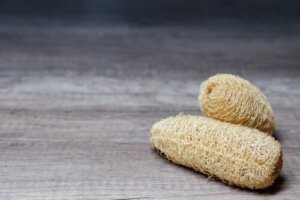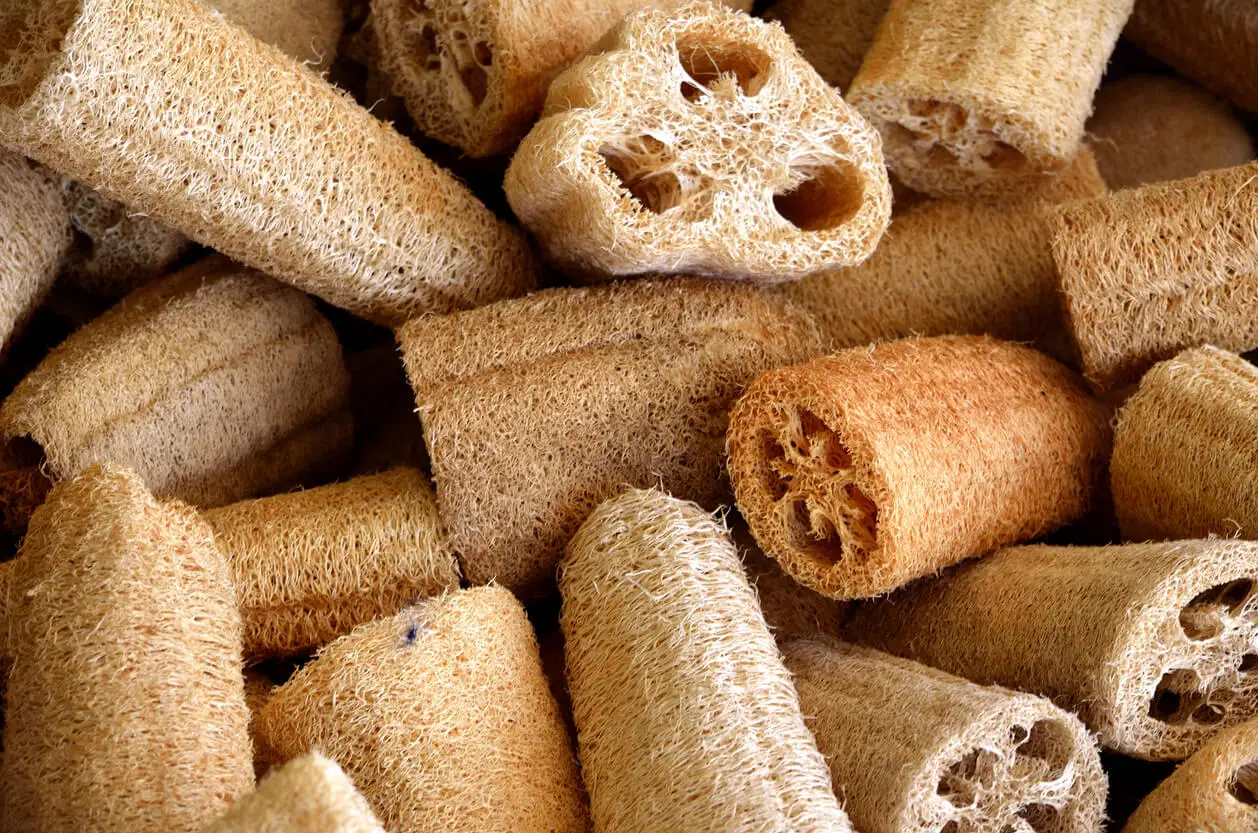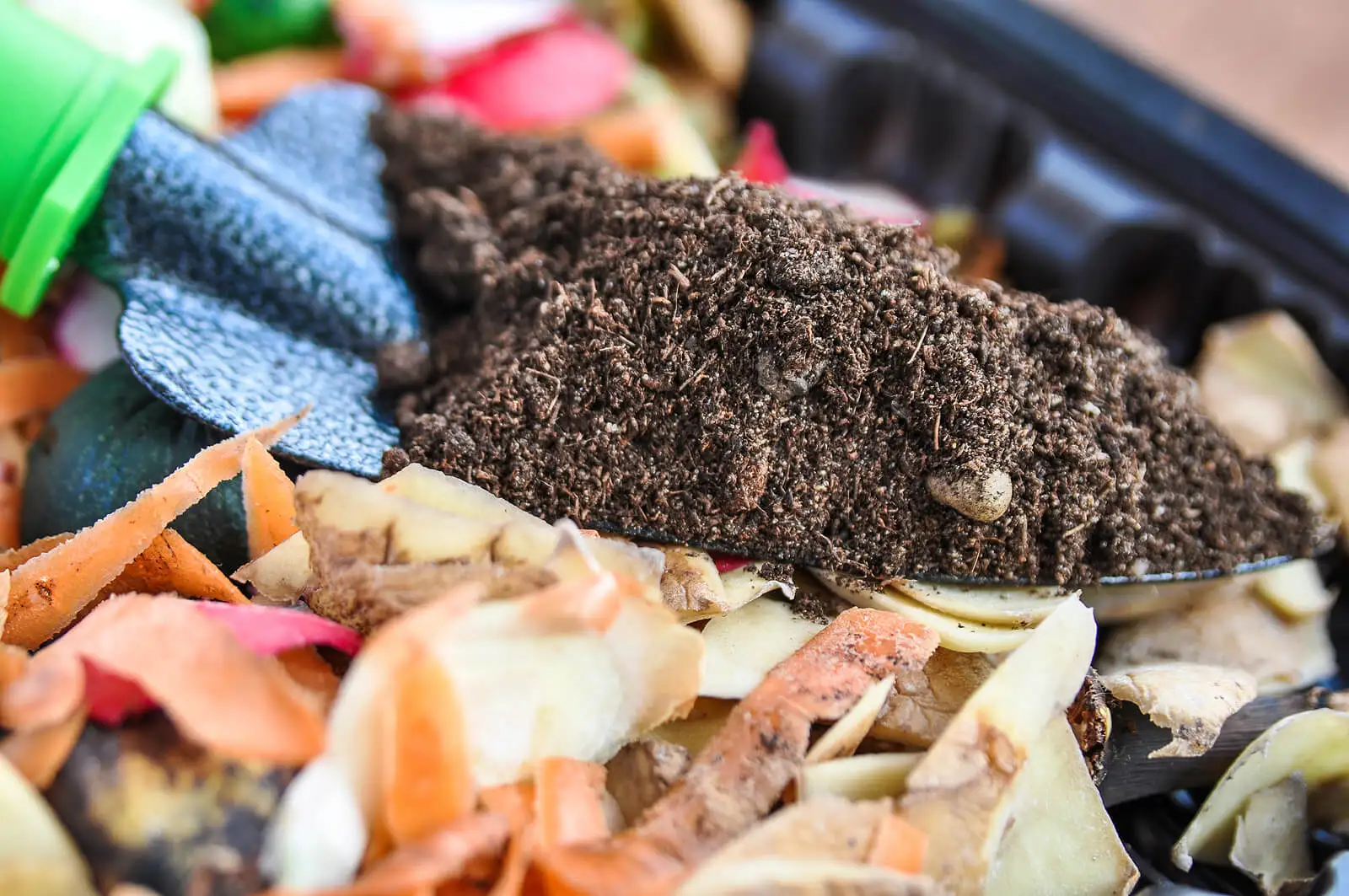Luffa Sponges: Benefits and How to Use Them


Reviewed and approved by the doctor Leonardo Biolatto
Luffa sponges have a significant advantage over synthetic pads. Unlike synthetic fibers, this vegetable component doesn’t turn into microplastic residues that pollute the environment.
As a bath accessory, Luffa is recommended for skin hygiene. Among other effects, it contributes to freshness, eliminates dead cells, and is long-lasting. We’ll tell you what’s behind this sustainable alternative.
What are Luffa sponges?
Luffa sponges are a kind of natural body scrubber. They come from the Cucurbitaceae plant family, the same family from which cucumber, squash, and zucchini originate.
Luffa fruits are 20 to 30 centimeters (8 to 12 inches) long and can be transformed into a scrubber once they’re harvested, peeled and left to dry for several months.
To complete the manufacturing process, the sponges have to be soaked in thermal water at 43°C (110 F) to clean and soften the fibers. ECHO Community clarifies that there’s an acutangula luffa and a smooth Luffa. The former is edible, while the latter is commonly used for bathing, as long as the fruit is young, as it’s softer.
They can be used dry and wet. If you wish, it isn’t necessary to add soap, because they give off a moisturizing substance called cucurbitacin.
Another great article for you: The Hidden Dangers in Kitchen Sponges
Benefits of the Luffa sponge
An article in Sustainability magazine explains that fibers extracted from plant sources offer advantages ranging from their low cost, to significant mechanical properties, such as low density. The Luffa sponge shows this potential.
They’re sponges that don’t require special care; you only need to boil them to disinfect them. They last on average 6 months, but you can replace them sooner. These sponges are considered a tool for relaxation.

Stimulates blood circulation
Luffa friction naturally promotes circulation and is evident while bathing, because, as you sponge, the skin takes on a reddish hue.
Helps minimize cellulite
Luffa sponges brings improvements in areas where fat tends to accumulate. While cleaning the outside of the body with the sponge, you help reduce cellulite and orange peel skin. At the same time, this natural element prevents fluid retention through rubbing.
Eliminates toxins
Massaging the skin with Luffa sponges is a great way to stimulate the lymphatic system and promote the removal of toxins. Combined with natural exfoliants, you’ll achieve wonderful effects for the skin.
Softens corns and calluses
There are specific points of the dermis with a tendency to have uneven thickness, generating corns and calluses. According to information from the Mayo Clinic, these hardenings appear when the skin wants to protect itself from friction or pressure. The Luffa peels off the scales and greatly reduces calluses.
It’s exfoliating
The fibers with the light roughness of the Luffa sponge are good at exfoliating. In addition to deep cleansing, these accessories help treat skin problems such as ingrown hairs, blackheads, and acne.
Reduces excess oiliness of the skin
Because of its natural properties, Luffa sponges smooth the dermis, making it look brighter and younger.
Another great article: Learn How to Make Oatmeal Shower Bags for Beautiful Skin
It’s 100% natural
Luffa sponges are as friendly to your body as they are to the environment. It doesn’t produce any waste, because after using it, you recycle it into compost.

How to use a Luffa sponge?
Using Luffa sponges is simple. By following the specific steps, you’ll have an effective and useful accessory:
- Soak: Soak the sponge in warm water mixed with soap. Then squeeze to soften.
- Lather: Add a touch of soap or gel and squeeze to form a lather. Remember that it’s possible to scrub without gels or soaps as Luffa releases cucurbitacin.
- Rub: Apply simple movements, preferably circular, always away from the neck and face, as these are areas of greater sensitivity. Exfoliating facial discs, made with Luffa, are suitable for these areas.
- Rinse: Remove the remains of substance impregnated in the body with cold water. The idea is that the low temperatures close the pores. However, this isn’t a limitation. You can wash with warm water too.
Don’t leave the sponge in the shower, because it needs to dry completely for the next use.
Other uses for Luffa sponges
Luffa is a versatile fiber, and it’s often found in scenarios other than personal hygiene. It’s a useful scouring pad in dishwashing and only requires a little washing-up liquid.
The plant is also an excellent soap maker. This processed Cucurbitaceae provides the appropriate fibers to wring out water and prevent rapid wear of the cleaning liquid.
All cited sources were thoroughly reviewed by our team to ensure their quality, reliability, currency, and validity. The bibliography of this article was considered reliable and of academic or scientific accuracy.
- Alhijazi M, Asmael M, Eyvazian A, Safaei B, Qin Z, Zeeshan Q. Desarrollos recientes en compuestos de fibra natural: Luffa. Revisión. Sustentabilidad. Suiza; 2020. https://www.mendeley.com/catalogue/087d20f2-0eae-3206-b68a-2b459df1d42c/?utm_source=desktop&utm_medium=1.19.4&utm_campaign=open_catalog&userDocumentId=%7B63998b15-c573-44e7-9910-abb215770d09%7D
- Callos y callosidades. Clínica Mayo. Estados Unidos; 2022. https://www.mayoclinic.org/es-es/diseases-conditions/corns-and-calluses/symptoms-causes/syc-20355946
- Cucurbitacina. Unidad de Informática del Instituto de Química. Universidad Nacional Autónoma de México. México; 2016. https://uniiquim.iquimica.unam.mx/glossary/cucurbitacina/
- Estropajo (Lufa, esponja vegetal, paste). ECHOCommunity. Estados Unidos. https://www.echocommunity.org/es/resources/8462c722-3a1d-4f56-9193-d649576712f0
This text is provided for informational purposes only and does not replace consultation with a professional. If in doubt, consult your specialist.








